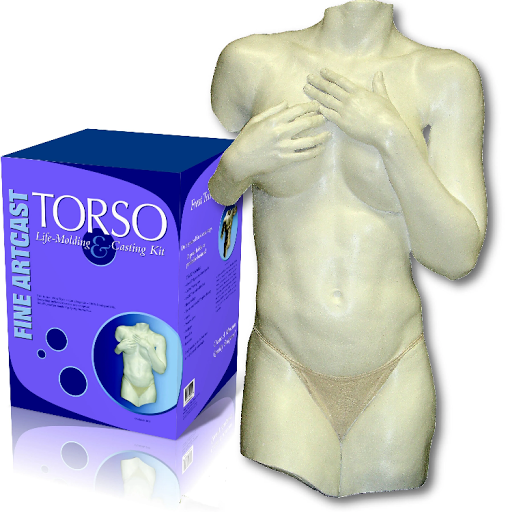EnvironMolds Premium Latex Casting Rubber is a consummate liquid latex formulation that serves well for varied applications. It can be used to make masks and other hollow items with different methods.
Liquid latex rubber is a popular material in the world of mold making and casting. It is tough, durable and tear resistant, apart from being an economical product. It is commonly used to make different types of molds for casting plaster, resin and other materials. The same material can also double up as a casting product, albeit in a less viscous form.
In fact, latex casting rubber is a popular theatrical product to create special effects like wrinkles, scars and gashes. It is also used to make all kinds of masks and other thin skin products.
EnvironMolds Premium Latex Casting Rubber is an exceptional casting rubber specifically formulated for making hollow molded rubber articles, toys and flexible props. It lends itself well for making masks, puppet heads, imitation pottery and display articles. It is especially useful for creating general special effects for film, television and stage work. Furthermore, the same product is considered appropriate for coating and texturing foams such as polystyrene, especially for special effects applications.
On the other hand, artists usually pour the latex casting rubber directly into the mold. The mold is filled till the brim and the latex is allowed to sit for some time post which the rubber is poured back into its original container. A thin layer of latex clings to the sides and base of the mold. This sets like a skin overnight and can be demolded easily. This method is commonly used for making masks.
Apart from this, you can also simply dip the mold into the latex to form a coating. Each coat has to be allowed to dry before dipping again to build up the required thickness. In fact, EnvironMolds Premium Latex Casting Rubber serves well for dip casting and can be used to form a protective coating on tools.
These latex casts cannot be finished with regular paints as it will tend to chip, crack or peel away. Special latex paints and dyes are available. These can be added to the rubber before starting the casting process or painted on the cured surface later on.
Moreover, you can also use a filler and extender like RubRfil to control the level of flexibility of the latex rubber cast. In case the liquid latex is too viscous for a particular application, mixing the requisite quantity of RubRfil will thicken the rubber and render it less flexible, hard or even very hard. This also serves to extend the quantity of the material.
EnvironMolds Premium Latex Casting Rubber, RubRfil, latex pigments and other materials can be easily sourced from https://www.artmolds.com




